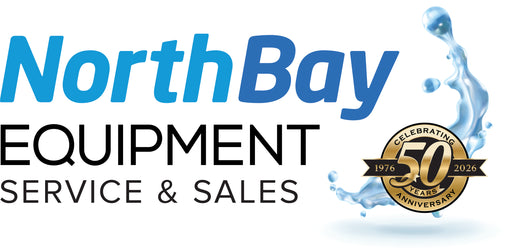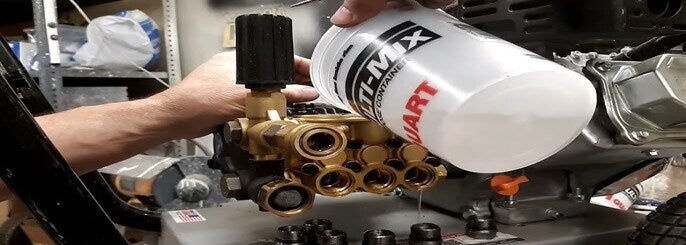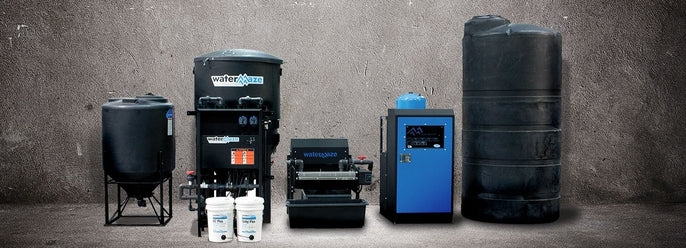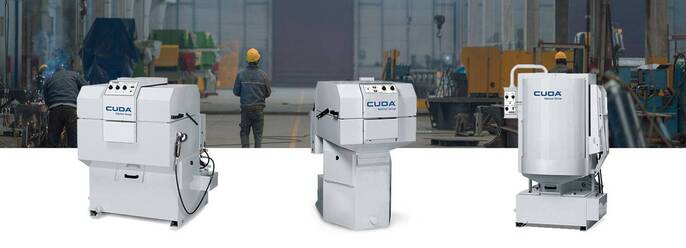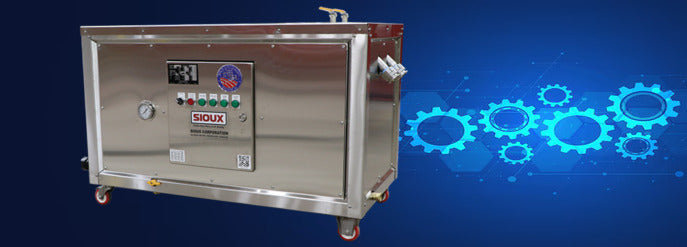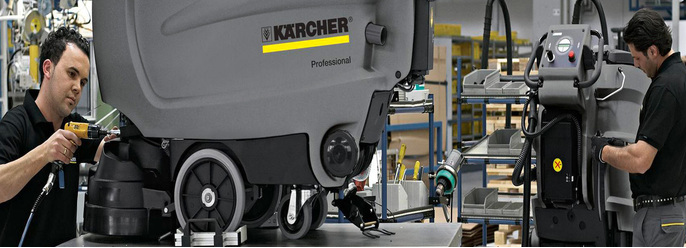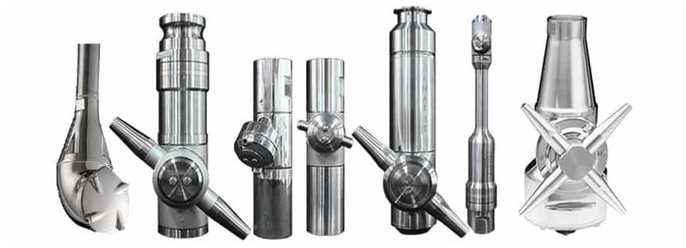
A floor scrubber should be serviced regularly to maintain optimal performance and extend its lifespan. Daily, weekly, and monthly maintenance routines should be followed, as recommended by the manufacturer and based on usage. Additionally, scheduled preventative maintenance should be performed after every 100 hours of use or as recommended by a service plan.
Here's a more detailed breakdown:
Daily Maintenance:
Empty and rinse the recovery tank: This prevents buildup and odors.
Wipe down squeegees and check for debris: Keeping squeegees clean ensures effective water pickup.
Check brushes or pads for debris: Remove any obstructions that could affect cleaning performance.
Check batteries: For wet-filled batteries, check the water level and top off if needed.
Rinse the clean water tank: This prevents chemical buildup and blockages.
Rinse the clean water line and filter: These should be cleaned regularly to ensure proper water flow.
Plug in the scrubber: Ensure the batteries are charged for the next use.
Weekly Maintenance:
Inspect and clean solution and vacuum filters: These can become clogged with debris and affect suction and solution flow.
Attend to batteries: Check battery terminals for corrosion and ensure connections are tight. For wet-filled batteries, check the water level.
Check and adjust brush pressure: This ensures proper cleaning and can help extend battery life.
Inspect drive belts for wear and tension: Replace worn belts to prevent damage to the machine.
Lubricate moving parts: This reduces friction and extends the life of the machine.
Monthly Maintenance:
Perform a full assessment of the machine: Check for leaks, tighten loose fasteners, and lubricate pivot points.
Inspect hoses and fittings: Look for wear, damage, or blockages.
Check the control panel: Ensure all controls are functioning correctly.
Inspect wheels and casters: Look for wear and damage.
Check the overall condition of the machine: Look for any signs of wear or potential issues.
Need Help With Something? Contact Us (707)585-0100
